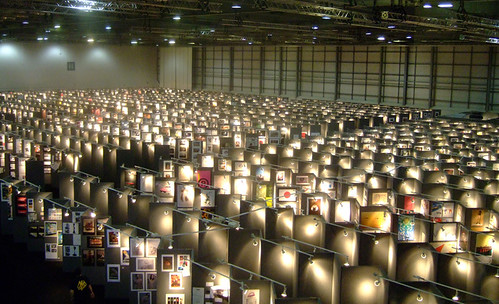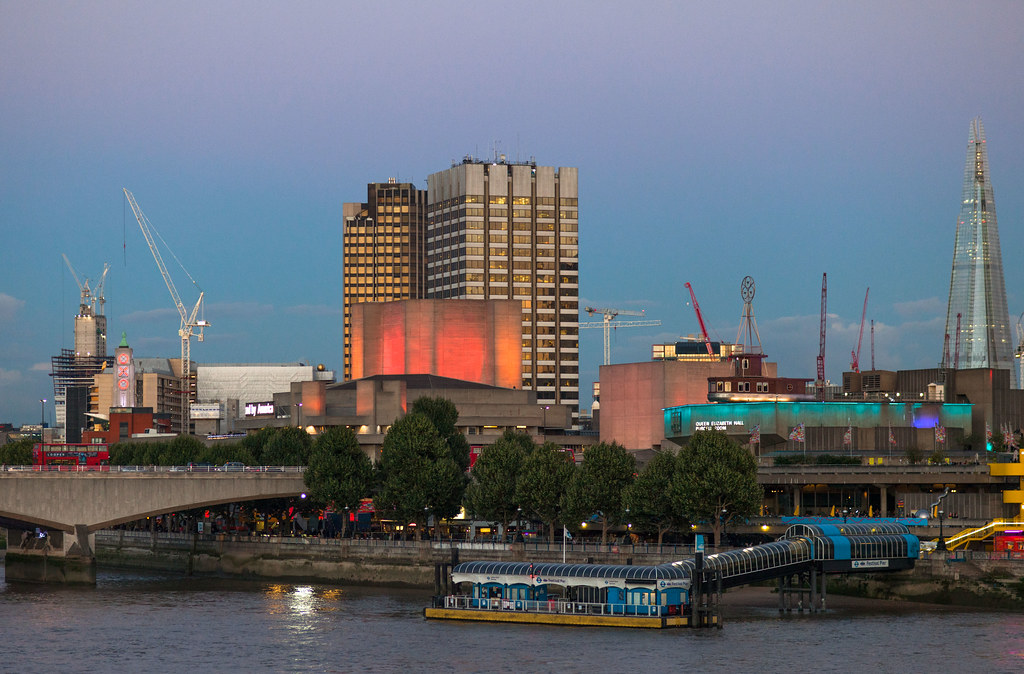In a world where buildings shape our cities and inspire our imaginations, the role of architects cannot be understated. From towering skyscrapers to innovative residential designs, these visionaries have the power to transform our surroundings and challenge our perceptions of space. In this article, we embark on a journey to discover the best current architects, the masters of modern architecture who are pushing boundaries and redefining the built environment. Join us as we delve into their groundbreaking designs, explore their unique philosophies, and gain insight into the creative minds behind some of the most awe-inspiring structures of our time.

Modern architecture has emerged as a significant movement in the field of design and construction. It represents a departure from traditional architectural styles and embraces new materials, technologies, and design principles. This evolution has been driven by a desire to create functional, efficient, and aesthetically pleasing structures that meet the needs of a rapidly changing society. Modern architecture has played a crucial role in shaping the urban landscape and has become an integral part of our built environment.
The development of modern architecture can be attributed to the visionary architects who challenged conventional norms and pushed the boundaries of design. Pioneers such as Ludwig Mies van der Rohe, Walter Gropius, and Frank Lloyd Wright paved the way for a new era of architectural expression. Their innovative ideas and experimental approach to form, function, and materials laid the foundation for the modernist movement. These architects revolutionized the way we perceive and interact with our built environment, leaving a lasting impact on the field of architecture.
Frank Lloyd Wright and Le Corbusier are two of the most influential architects of the 20th century. Their iconic designs have become synonymous with modern architecture and have left an indelible mark on the architectural landscape. Frank Lloyd Wright's organic architecture, characterized by harmony with nature and integration of the built environment, has inspired countless architects around the world. Le Corbusier's innovative use of concrete and his vision for urban planning have reshaped cities and influenced architectural discourse. By examining their works, we gain insight into the evolution of modern architecture and the enduring legacies of these architectural icons.

Explore the innovative designs of Zaha Hadid and Rem Koolhaas as they push the boundaries of modern architecture. Their unique approaches and bold visions have transformed the field and continue to inspire future generations.
Celebrate the eco-conscious designs of Norman Foster and Shigeru Ban, who have made significant contributions to sustainable architecture. Their commitment to environmental responsibility and innovative use of materials have set new standards for the industry.
Spotlight emerging architects and trends in the field as we look ahead to the future of modern architecture. Discover the fresh perspectives and groundbreaking ideas that are shaping the evolving landscape of the industry.

Modern architecture in urban environments focuses on the impact of skyscrapers and high-density housing. Skyscrapers have transformed city skylines, providing efficient use of space and accommodating growing populations. High-density housing, such as apartment buildings and condominiums, allows for more people to live in limited areas. The design and construction of these structures have a significant influence on the urban landscape and the way people live and interact in cities.
Modern architecture and cultural identity explore the influence of local traditions and globalization. Architects often draw inspiration from local architectural styles, materials, and techniques to create buildings that reflect the cultural identity of a place. However, globalization has also influenced modern architecture, leading to the integration of international design trends and materials. The interaction between local traditions and global influences shapes the architectural landscape and contributes to the uniqueness of each city or region.
Modern architecture and technology investigate the role of digital design and building materials. Advancements in technology have revolutionized the architectural industry, allowing architects to create complex designs with the help of computer-aided design (CAD) software. Additionally, the development of innovative building materials, such as sustainable and energy-efficient materials, has allowed for the creation of environmentally friendly structures. The integration of technology in modern architecture has opened up new possibilities for design and construction.
Examining the Relationship Between Design and Equality
Assessing the Design of Parks, Plazas, and Community Centers
Unveiling the Integration of Aesthetics and Functionality
Modernist architects were a group of designers and thinkers who emerged in the late 19th and early 20th centuries. They sought to break away from traditional architectural styles and embrace new materials, technologies, and design principles. Modernist architects believed in the importance of function over ornamentation and sought to create buildings that were sleek, efficient, and reflective of the modern age. Some notable modernist architects include Le Corbusier, Ludwig Mies van der Rohe, and Walter Gropius.
Avant-garde architecture refers to innovative and experimental architectural designs that push the boundaries of traditional norms. This architectural style emerged in the early 20th century and is characterized by its unconventional forms, use of new materials, and emphasis on artistic expression. Avant-garde architects often challenge established conventions and seek to create unique and thought-provoking structures. Examples of avant-garde architects include Frank Gehry, Zaha Hadid, and Santiago Calatrava.
Organic architecture is an architectural philosophy that promotes harmony between human habitation and the natural world. This approach seeks to create buildings that blend seamlessly with their surroundings and take inspiration from the natural forms and processes. Organic architecture often incorporates sustainable design principles, such as the use of renewable materials and energy-efficient systems. The renowned architect Frank Lloyd Wright is considered a pioneer of organic architecture, with iconic examples like Fallingwater showcasing his belief in integrating architecture with nature.

Brutalist architecture is a style that emerged in the mid-20th century, characterized by its raw and exposed concrete surfaces. This architectural movement prioritizes functionality and simplicity, often featuring large, geometric forms and a lack of decorative elements.
Deconstructivist architecture is an architectural style that challenges traditional design principles. It often features fragmented and distorted forms, with elements appearing to be disorganized or in a state of disarray. This style seeks to create an unconventional and thought-provoking visual experience.
Parametric architecture is an approach that utilizes algorithms and mathematical equations to generate complex and dynamic forms. This style allows architects to create structures that respond to specific parameters and constraints, resulting in unique and innovative designs.
In conclusion, the exploration of the best current architects reveals the profound impact that these masters of modern architecture have on the built environment. Their innovative designs push the boundaries of traditional architecture, creating spaces that are not only aesthetically pleasing but also functional and sustainable. These architects have the ability to shape the way we live, work, and interact with our surroundings. Their work reflects the ever-evolving needs and aspirations of society, addressing pressing issues such as climate change, urbanization, and social equality. In the contemporary world, the relevance of these architects cannot be overstated. Their visionary creations inspire and influence future generations, shaping the cities and structures of tomorrow. As we continue to face new challenges and seek solutions, the best current architects will undoubtedly play a pivotal role in shaping a better and more sustainable future for all.